
Aurelia Aurita Moon Jellyfish Diet
There are six species of moon jellyfish in the genus Aurelia. According to the Catalogue of Life's 2017 Annual checklist, these species are A. aurita, A. colpata, A. labiata, A. limbata, A. maldivensis, and A. solida (Orrell et al., 2017). Aurelia aurita is the type species, or the representative species, of the genus.

Moon jellyfish (Aurelia aurita) stock photo
Aurelia aurita is found in the North, Black, Baltic and Caspian Seas, Northeast Atlantic, Greenland, northeastern USA and Canada, Northwest Pacific and South America. [3] [4] [5] In general, is an inshore genus that can be found in [6] Moon jellyfish swimming (
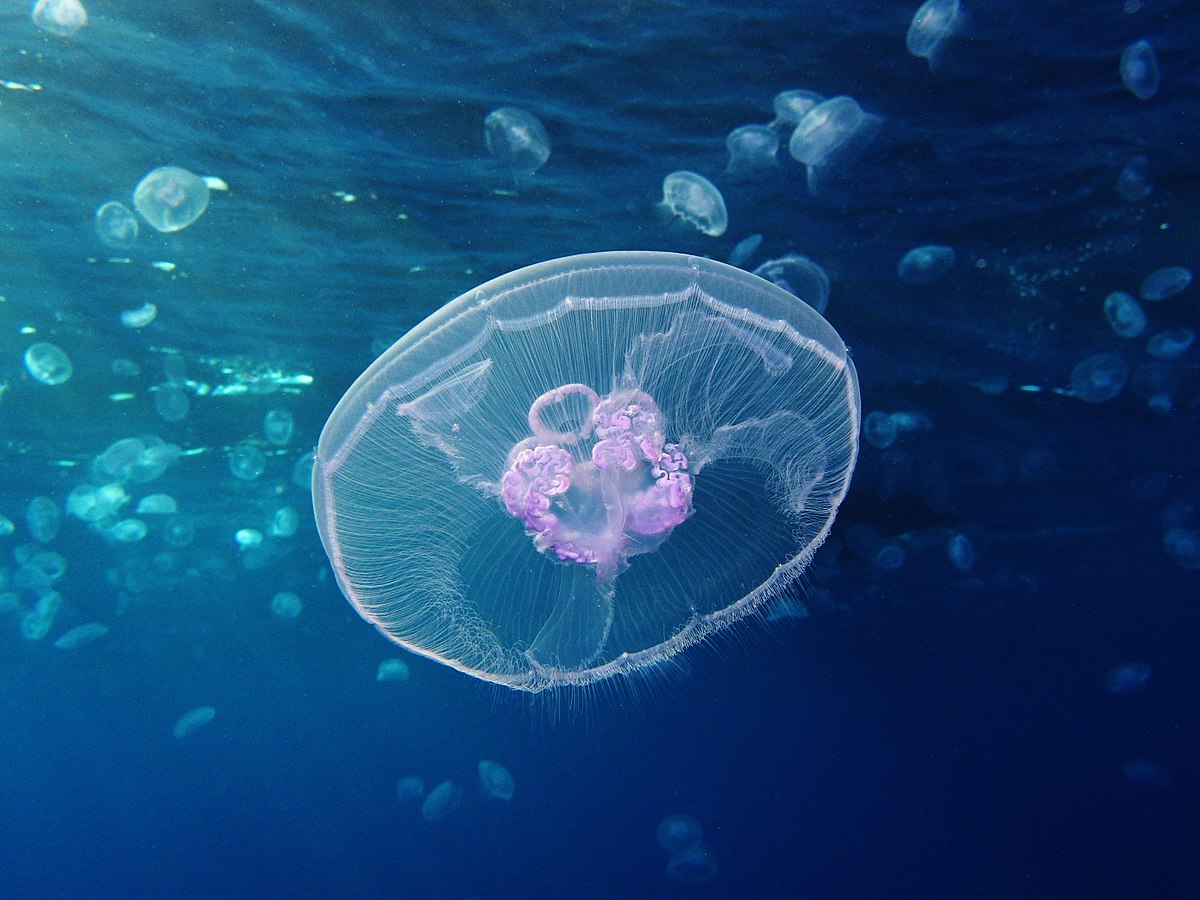
Aurelia aurita Wikipedia
Aurelia aurita (also called the common jellyfish, moon jellyfish, moon jelly, or saucer jelly) Moon Jellyfish are primarily clear or transparent, with a single translucent disk in the center of their bell, which is usually blueish. Their bodies, also known as bells, are gelatinous orbs with many small tentacles.
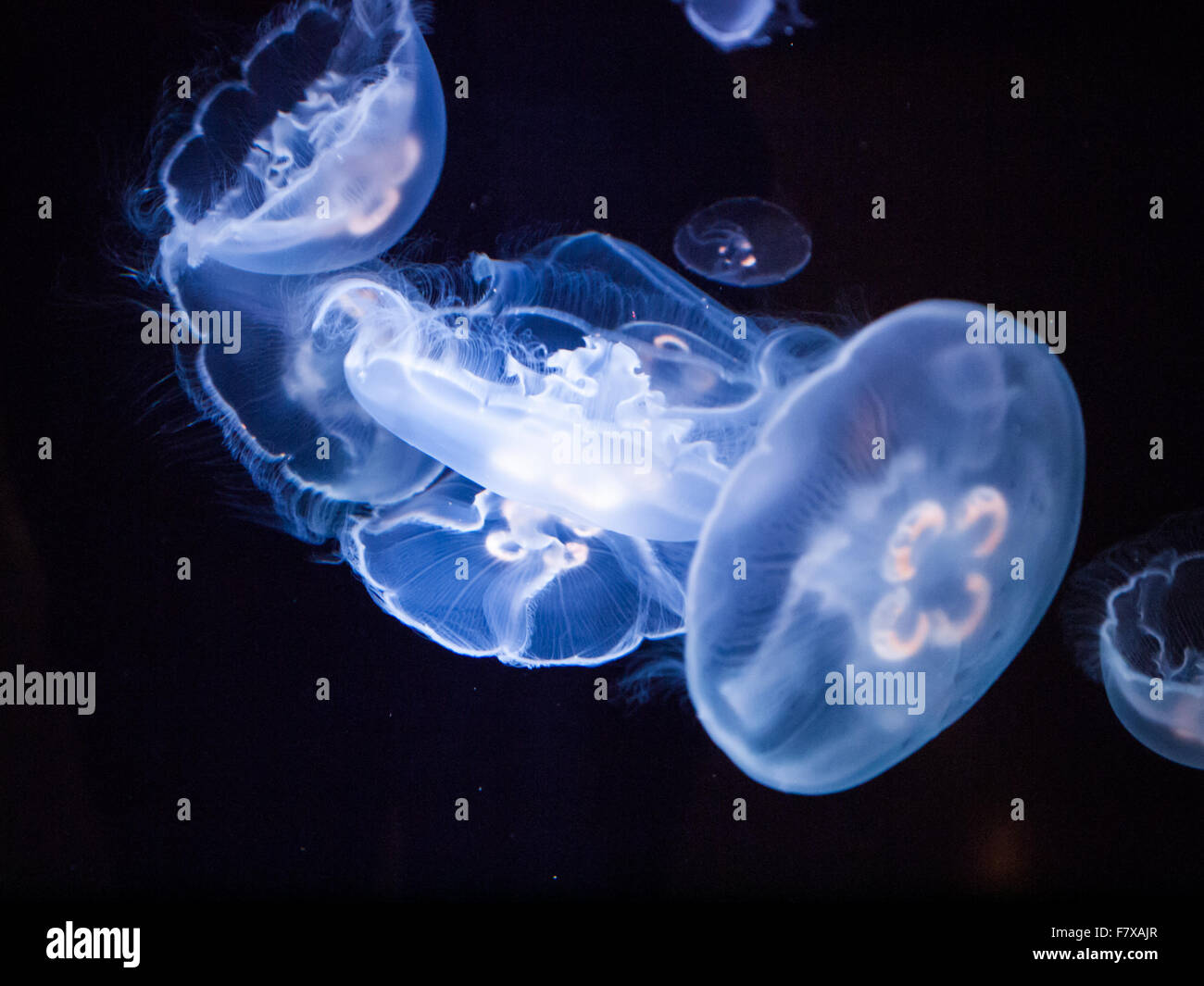
Beautiful Aurelia aurita (moon jellyfish, common jellyfish) in an aquarium at the Shaw Ocean
Aurelia aurita Moon jellyfish Kingdom Animalia animals Animalia: information (1) Animalia: pictures (22861) Animalia: specimens (7109) Animalia: sounds (722) Animalia: maps (42) Eumetazoa metazoans Eumetazoa: pictures (22829) Eumetazoa: specimens (7100) Eumetazoa: sounds (722) Eumetazoa: maps (42)
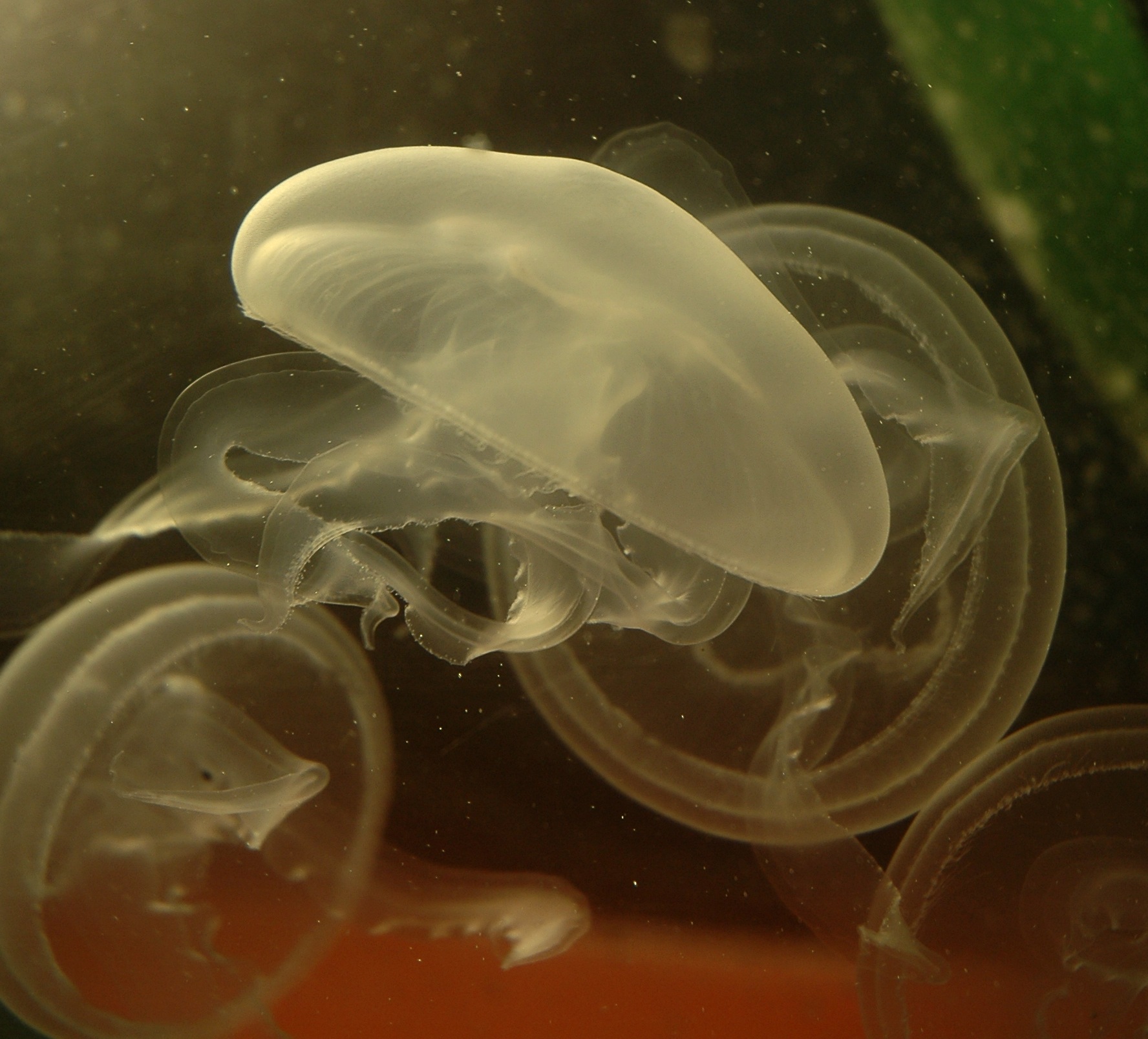
Adult moon jellyfish Aurelia aurita Okinawa Institute of Science and Technology OIST
Geographic Range. Moon jellies inhabit the coastal regions of the Pacific Ocean from San Diego, California, to Prince William Sound, Alaska. Though Aurelia labiata has been identified solely in this Eastern region of the Pacific Ocean, its close relative A. aurita is a cosmopolitan species that is ecountered in coastal waters around the world. Confusion in identifying the two species may.

FileAurelia aurita 1.jpg Wikipedia
moon jelly, (genus Aurelia ), genus of marine jellyfish of the order Semaeostomeae (class Scyphozoa, phylum Cnidaria) characterized by their pale translucent bodies and commonly found in coastal waters, particularly those of North America and Europe. The adult may grow as large as 40 cm (16 inches) in diameter.
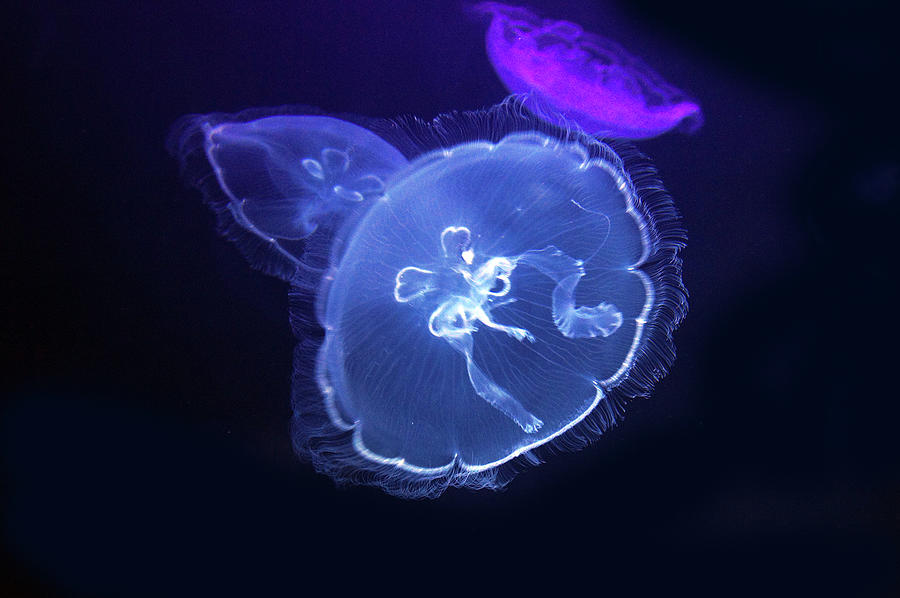
Aurelia Aurita Moon Jellyfish Photograph by Bhs Pixels
Aurelia aurita (Scyphozoa, Cnidaria) is an emblematic species of the jellyfish. Currently, it is an emerging model of Evo-Devo for studying evolution and molecular regulation of metazoans' complex life cycle, early development, and cell differentiation.
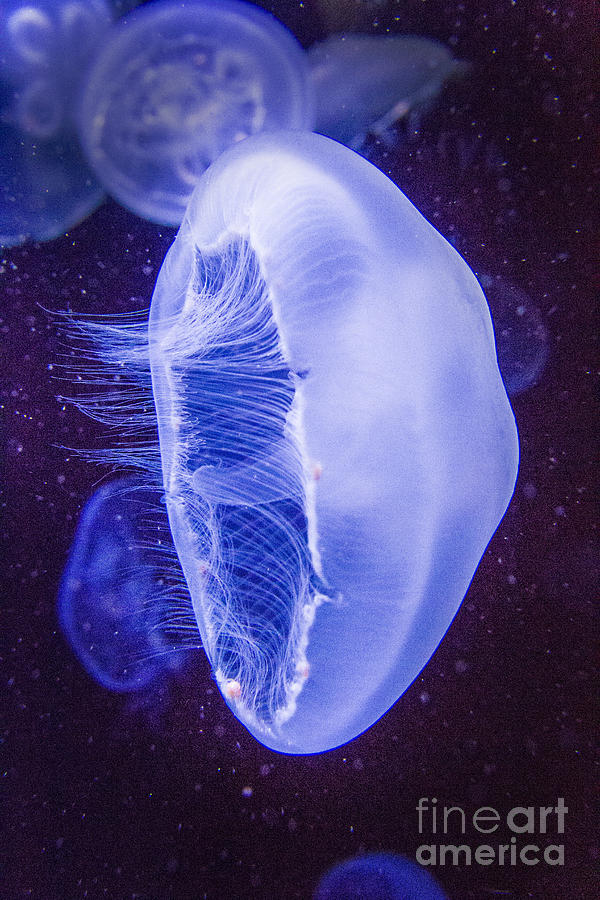
Moon Jellyfish Aurelia Aurita Photograph by Darleen Stry
Here, we develop the first neuronal network model for the nerve nets of jellyfish. Specifically, we focus on the moon jelly Aurelia aurita and the control of its energy-efficient swimming motion. The proposed single neuron model disentangles the contributions of different currents to a spike.
FileAurelia aurita 001.JPG Wikipedia
Moon jellyfishes, Aurelia aurita (Linnaeus, 1758), aka saucer jellies, moon jellies and common sea jellies, range between 5-40 cm in diameter. They can be recognized by their delicate and exquisite coloration, often in patterns of spots and streaks. Their behavior depends on a number of external conditions, in particular, food supply. Aurelia swim by pulsations of the bell-shaped upper part of.

Aurelia aurita, the moon jellyfish TheDepthsBelow
Reproduction Aurelia aurita in Limfjord, Aalborg, Denmark The medusa stage of the jellyfish reproduce sexually. The males release strings of sperm and the females ingest them. [14] Once the ciliated larvae develop from the egg, they settle on or near the sea floor and develop into benthic polyps.

Aurelia aurita the moon Jellyfish Collection
The complete mitochondrial genome of our organism (contig 'Seg3751') shows 99% similarity to the 'Aurelia aurita (2)' mitogenome published by Park et al. (National Center for Biotechnology.

Common Jellyfish (Aurelia aurita) Ireland's Wildlife
For the BNI analyses, jellyfish count data from net samples were split into two groups: Aurelia aurita, which was the most abundant species (97.8% by number), and 'other taxa' which consisted.
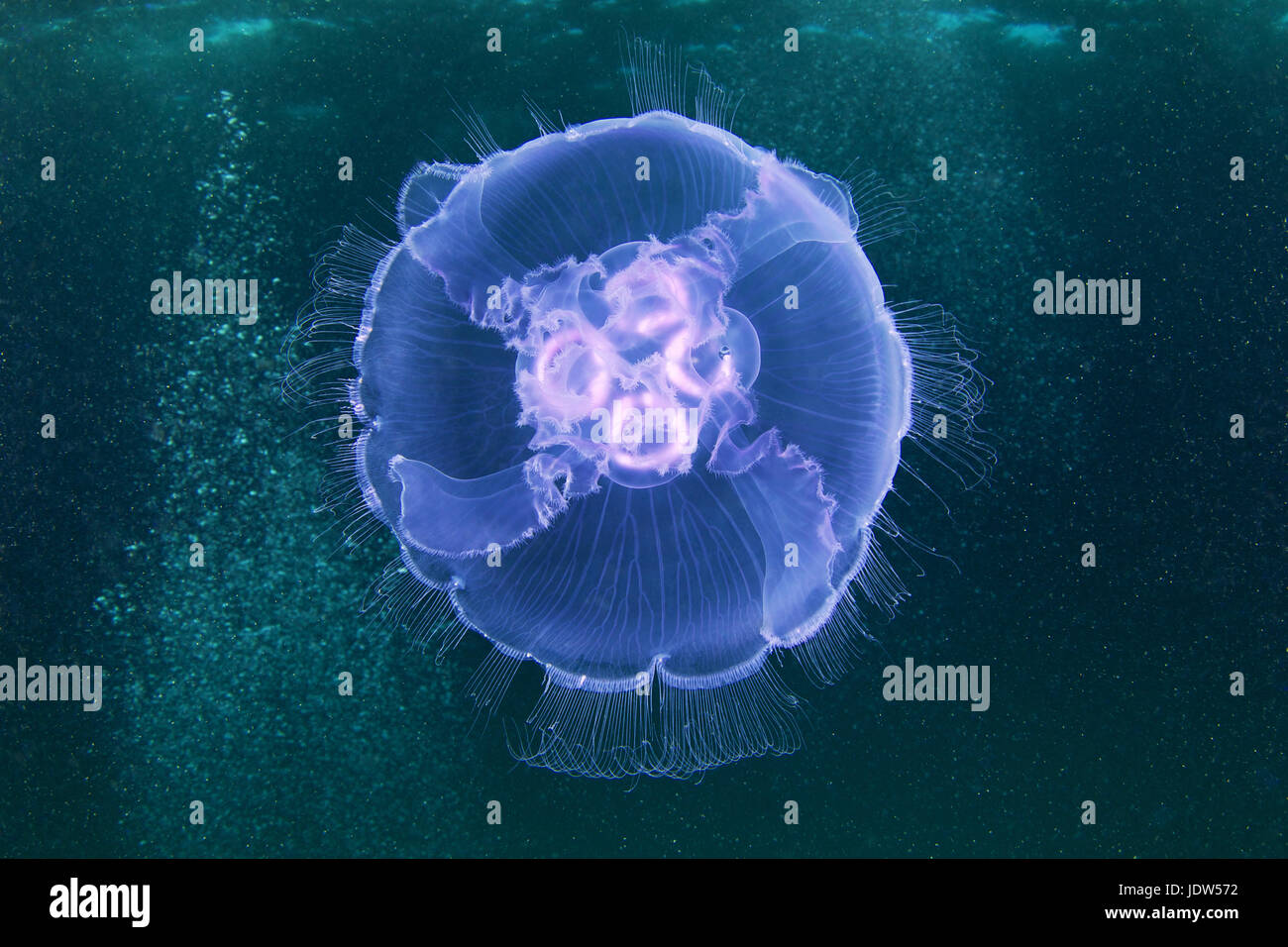
Aurelia aurita jellyfish Stock Photo Alamy
The Moon jelly, scientifically known as Aurelia Aurita, is a specific species of jellyfish. Moon jellies are sometimes called common jellyfish, moon jellyfish, or saucer jelly. They are a beautiful species with fascinating habits that researchers try to study closely.
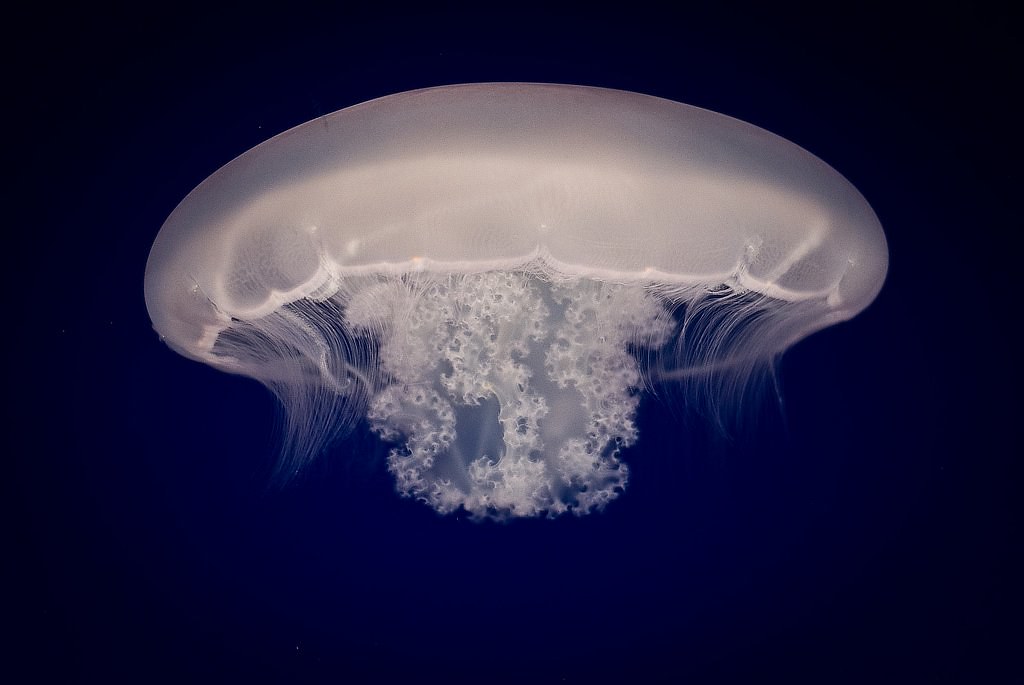
Aurelia Aurita Moon jellyfish As seen at www.mbayaq.or… mason bryant Flickr
Moon jellies ( Aurelia aurita) are a cosmopolitan organism whose range includes 3 of the 4 oceans (all but the Arctic) and other saltwater locales.
Moon Jellyfish, Aurelia aurita, Norway, Stock Photo
TRAITS. Aurelia aurita is a common and widely recognized type of jellyfish (Jellyfish1, 2005) that exhibits radial symmetry. It can be easily recognised by the four horseshoe-shaped gonads seen through the top of the translucent saucer-shaped bell (Fig. 1).
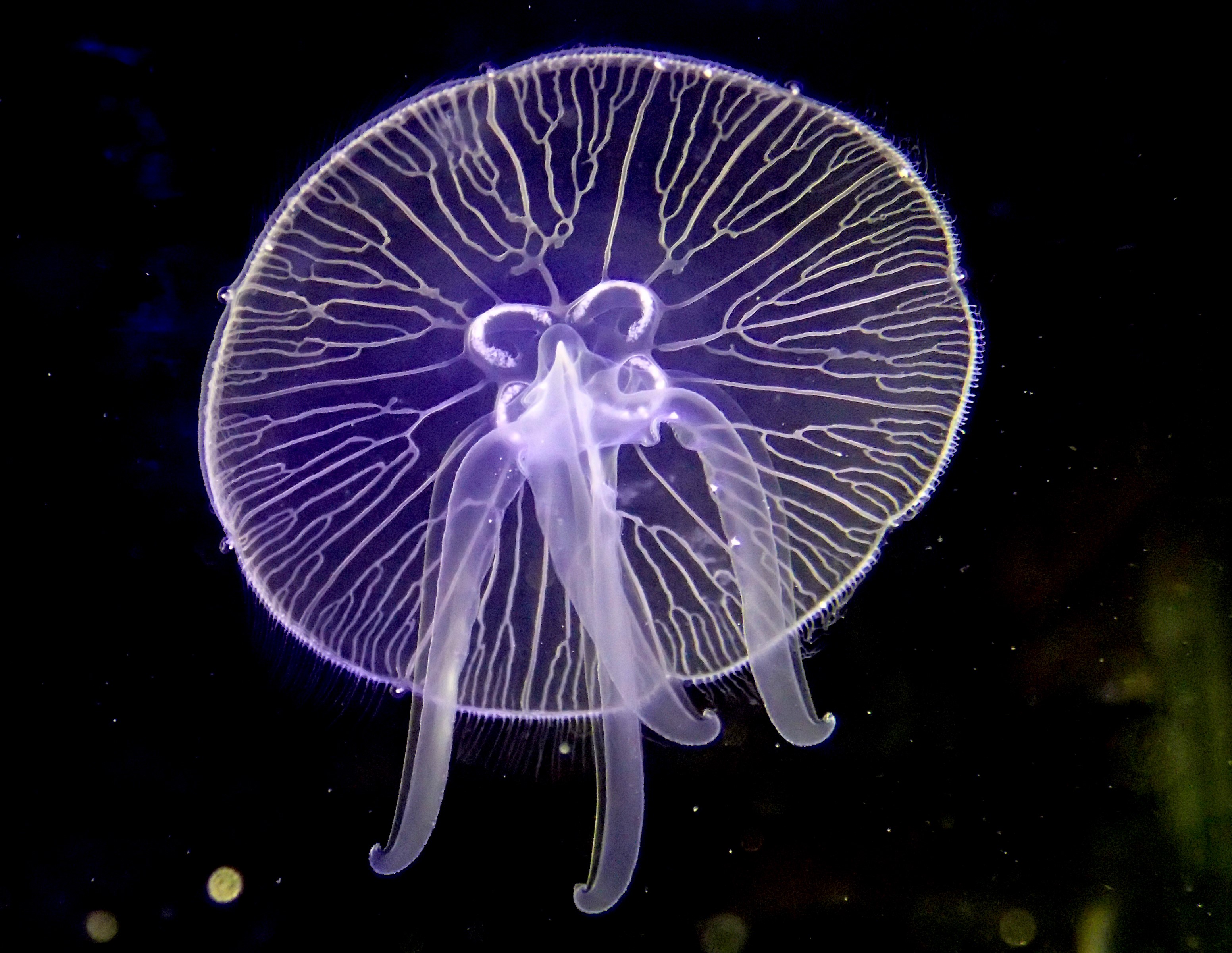
Moon Jelly (Aurelia aurita) Okinawa Institute of Science and Technology OIST
Moon jellyfish are a species of jellyfish, known by the scientific name Aurelia aurita, and are found mostly in warm and tropical waters, near sea-coasts. They are also referred to by names such as moon jelly, saucer jelly, common sea jelly and even violet moon jellyfish.